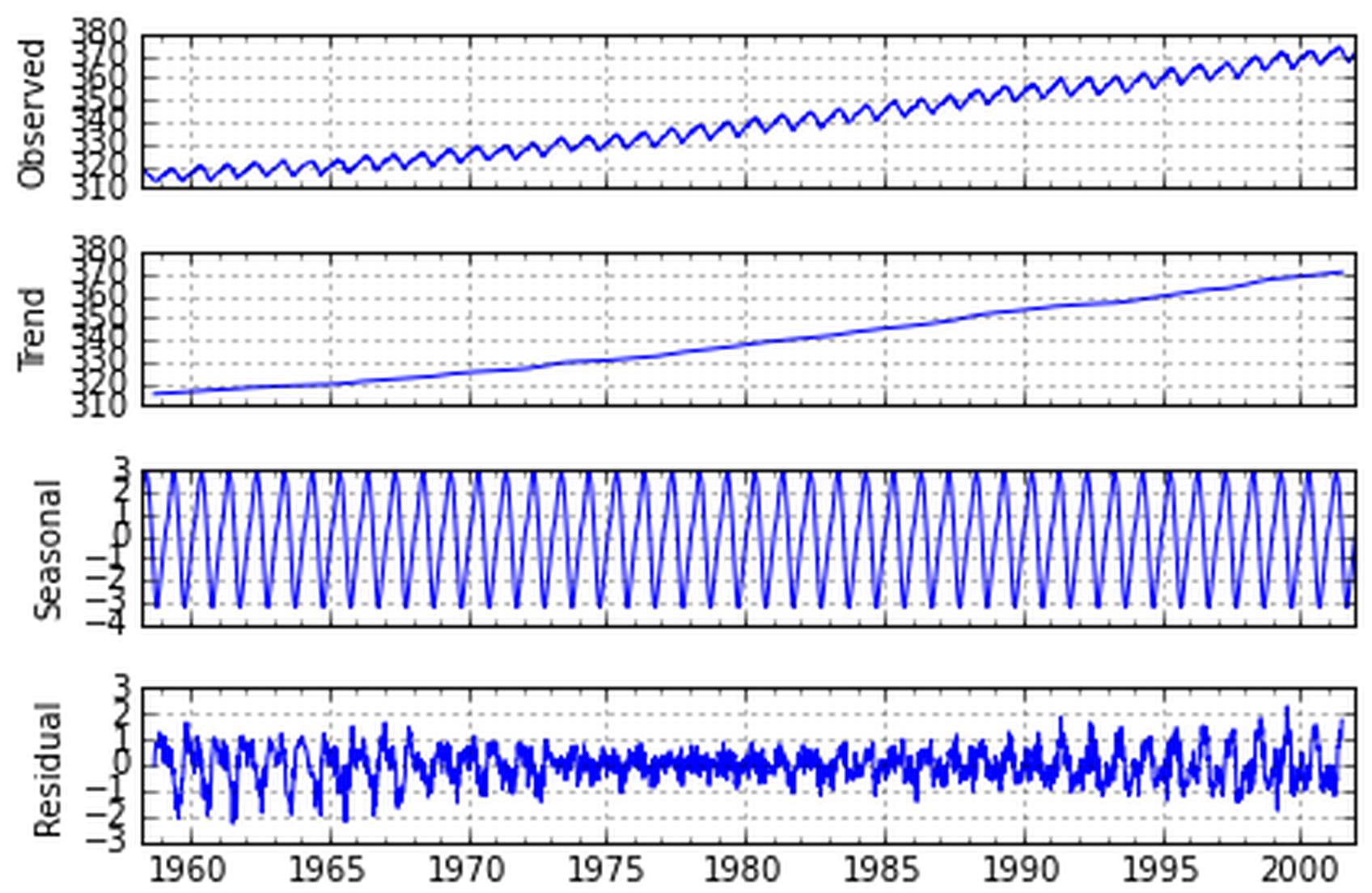Seasonal Decomposition of a Time Series (STL) is a statistical technique used to separate a time series into three distinct components: the seasonal component, the trend component, and the remainder component. The seasonal component represents repeating patterns in the data, while the trend component identifies long-term movements or cycles in the data. The remainder component is made up of any potential outliers not represented in the seasonal and trend components.
STL is commonly used in time series forecasting, such as in business forecasting, population forecasting, and weather forecasting. It is also used extensively in anomaly detection, and can be used to identify unexpected changes in data that may be outliers or unknown trends.
The process typically involves smoothing or filtering the data, and transforming it with a periodic function, such as a Fourier transform. Different methods may be used to estimate the seasonal component. STL may also be used with exponential smoothing methods, such as the Holt-Winters method.
STL is an iterative process, and it is necessary to repeat the process until the results are acceptable. It is often beneficial to review the graphical display of the components to help evaluate the appropriateness of the decomposition results.
Overall, STL is an important tool for identifying and analyzing patterns in time series data, and can be used to identify outliers, trends, and seasonal patterns. It is an essential statistical technique for time series forecasting, and is used in a wide variety of forecasting and anomaly detection applications.





